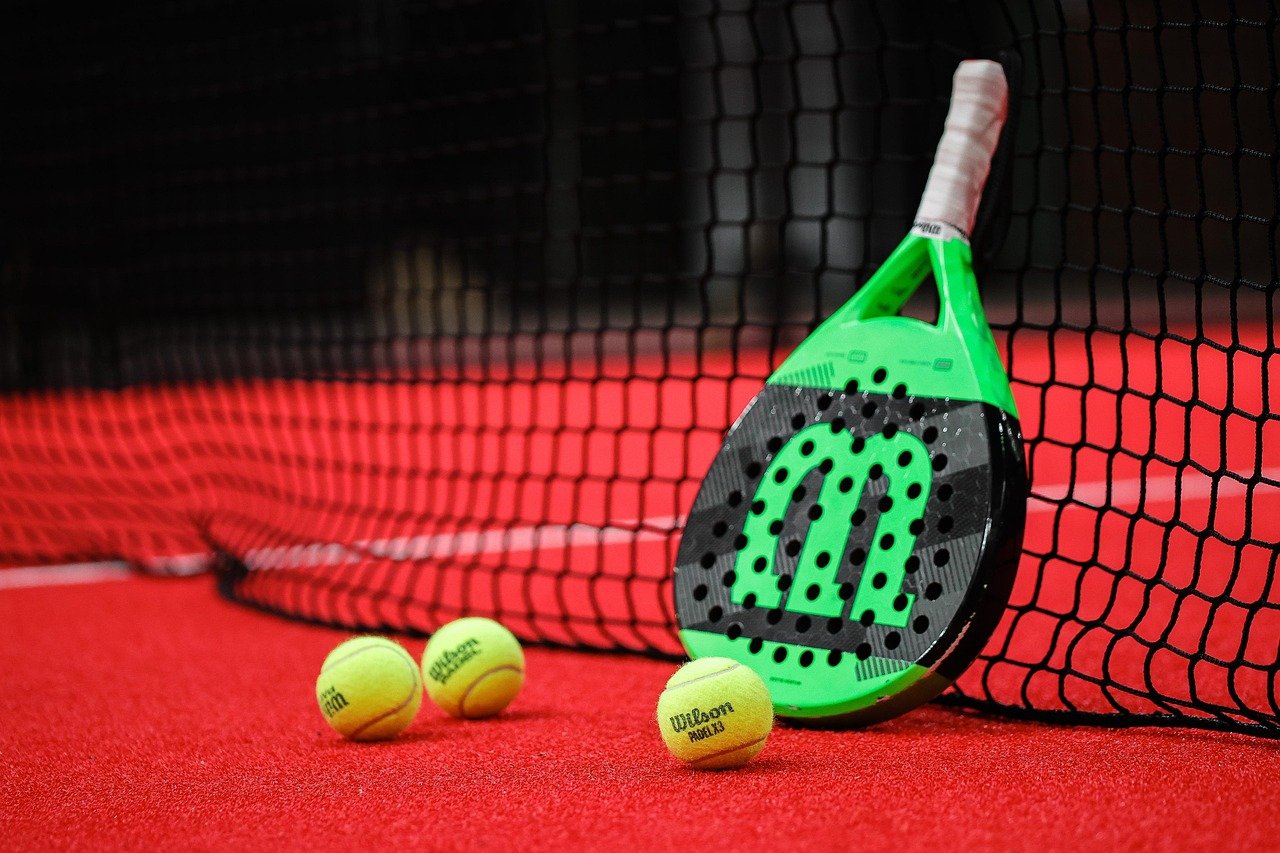Padel is a game of positioning, decision-making, and anticipation. Unlike other racket sports where baseline play dominates, padel rewards smart net play, especially when coordinated with your partner. But that doesn’t mean the baseline doesn’t have a role. So when should you push forward, and when is it better to hang back? This guide explores the strategic benefits of both net and baseline play, helping you understand where you belong on court—and when to change it.
The Importance of Positioning in Padel
In padel, positioning is everything. The small, enclosed court and the presence of walls mean your position relative to the ball—and your partner—can decide the outcome of each point.
Most points are won at the net, but baseline play remains essential in defence and transition. Understanding the responsibilities and tactics of each area is key to becoming a well-rounded player.
Why Net Play is King in Padel
1. Control of the Court
Being at the net allows you to dictate the pace, angles, and shot choices of your opponents. From this position, you can attack volleys, smashes, and pressure your opponents into errors.
2. Shorter Reaction Times for Opponents
Net players can end rallies quickly. A well-placed volley or a fast bandeja forces opponents to react instantly.
3. Tactical Pressure
By maintaining net position, you force opponents to try difficult passing shots or risky lobs, increasing their error rate.
Key Shots at the Net:
- Volleys (forehand and backhand)
- Bandeja and vibora
- Overheads and smashes
- Net drops
When to Be at the Net:
- After serving (move in immediately)
- When your opponents are on the back foot
- After hitting a successful lob
- Whenever you and your partner can move in as a team
When Baseline Play Matters
1. Defensive Recovery
When you’re under pressure or being lobbed, staying at the baseline gives you space and time to recover and prepare a return.
2. Use of the Walls
The back wall is a powerful tool in defence. Baseline players can let balls rebound and hit them on the return, keeping rallies going and neutralising attacks.
3. Resetting the Point
If you’re out of position or chasing the ball, retreating to the baseline allows you to reset, communicate with your partner, and wait for an opportunity to move forward.
Key Shots at the Baseline:
- Lobs (offensive and defensive)
- Groundstrokes
- Defensive wall returns
- Chiquitas (soft low balls designed to reset)
When to Stay Back:
- When your opponents have net dominance
- After a strong lob or forced defensive shot
- When preparing a counter-attack
The Transition: Moving from Baseline to Net
Knowing when and how to transition is one of the most overlooked padel skills. Poor transitions lead to mistakes, but smart, well-timed advances can win points.
Signs You Should Move Forward:
- You hit a deep lob that pushes opponents back
- You and your partner are in sync to approach together
- Your opponent returns a weak defensive shot
How to Transition:
- Stay compact and ready
- Move up together with your partner
- Cover the middle initially to intercept returns
Mistakes to Avoid:
- Rushing in alone and leaving your partner behind
- Advancing on weak shots
- Standing in no-man’s land (the area between baseline and net)
Which Position Suits Your Style?
Prefer Net Play If You:
- Like fast-paced exchanges
- Enjoy finishing points early
- Are confident with volleys and overheads
- Want to put pressure on opponents
Prefer Baseline Play If You:
- Are still building confidence
- Have good footwork and positioning
- Like to reset rallies and play strategically
- Want to use walls to your advantage
That said, padel is a game that demands versatility. You must be able to defend from the back and attack at the front.
Working with Your Partner
Padel is a doubles sport, so communication and coordination are crucial.
- Move together: Avoid split positioning unless you’re in transition.
- Signal intentions: Use hand signals or call to indicate lobs, drops, or rushes.
- Switch roles dynamically: If one is at the net, the other should support until both can advance.
Final Thoughts
Knowing where you belong on the padel court is about more than personal comfort—it’s about recognising game flow, partner dynamics, and opponent behaviour. Net play may dominate the sport, but smart baseline play is often what keeps you in the point long enough to get there.
Master both positions, practise transitions, and you’ll have the tools to dictate rallies, defend intelligently, and win more games. Whether you’re crashing the net or holding steady at the baseline, the key is knowing why you’re there—and what to do next.



